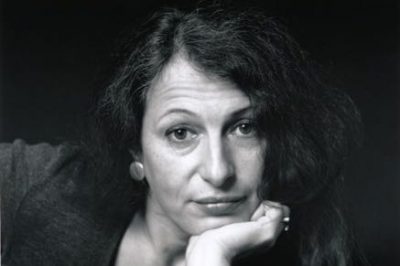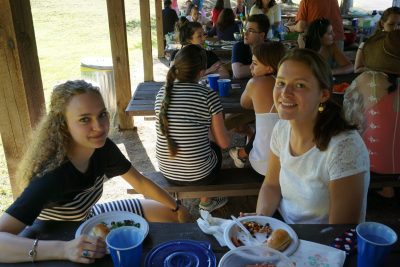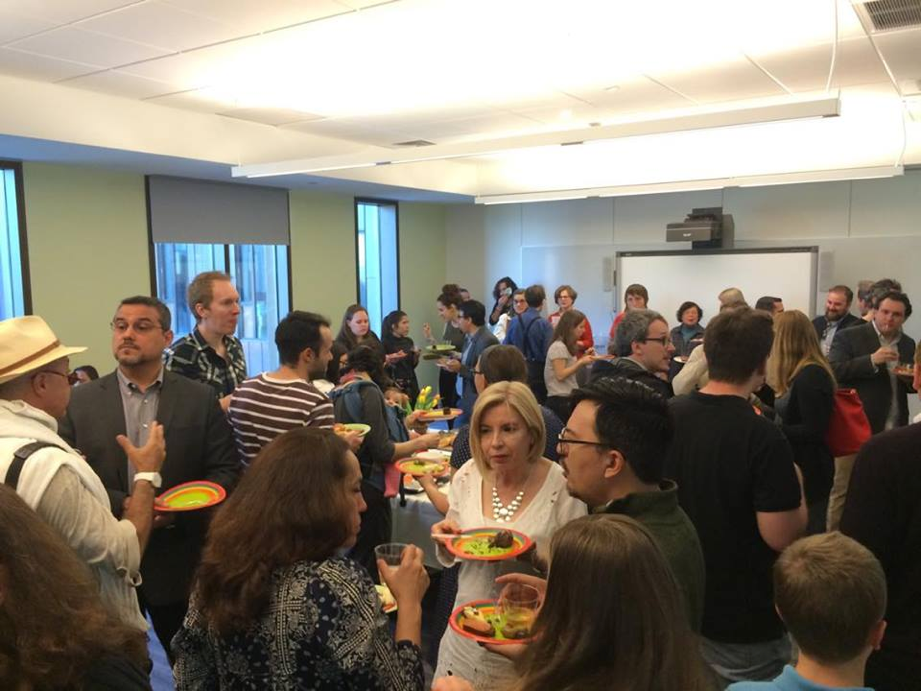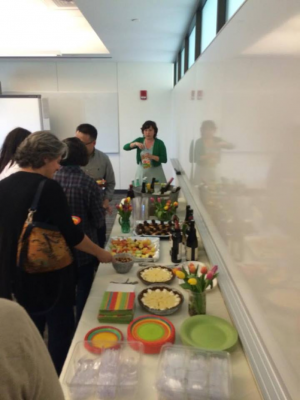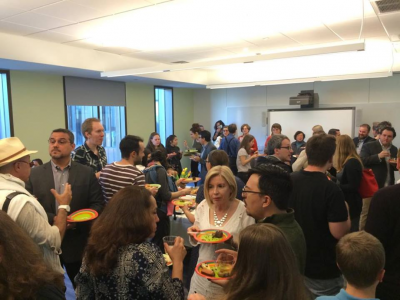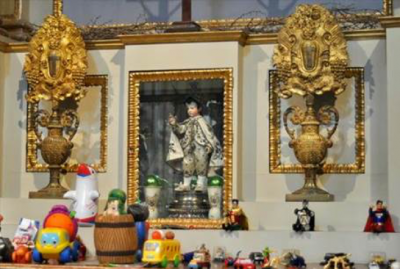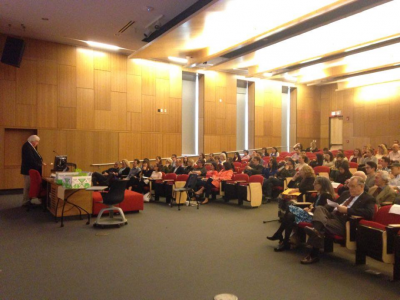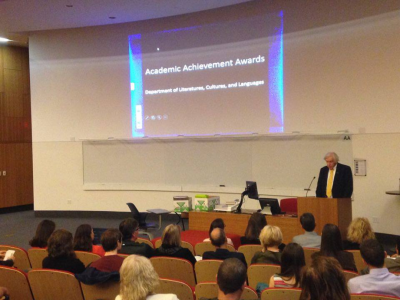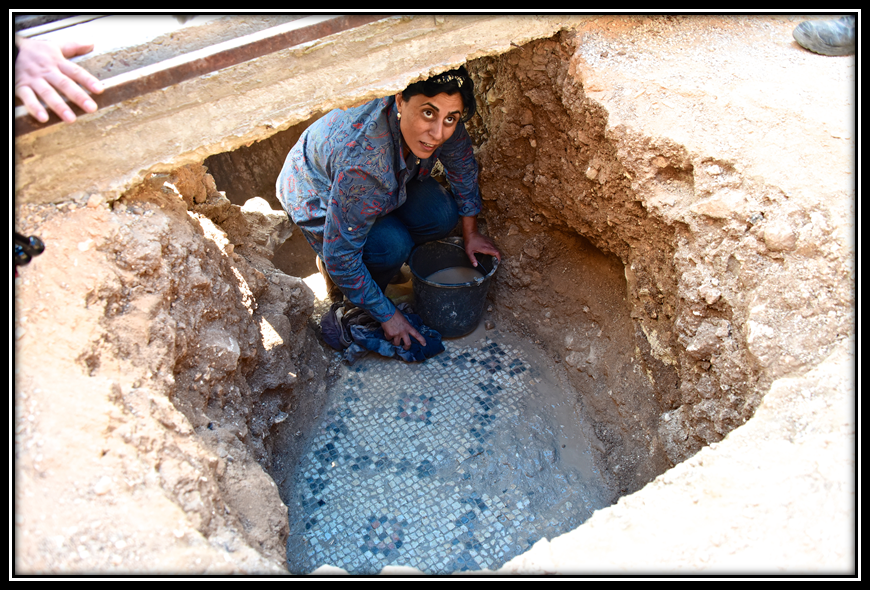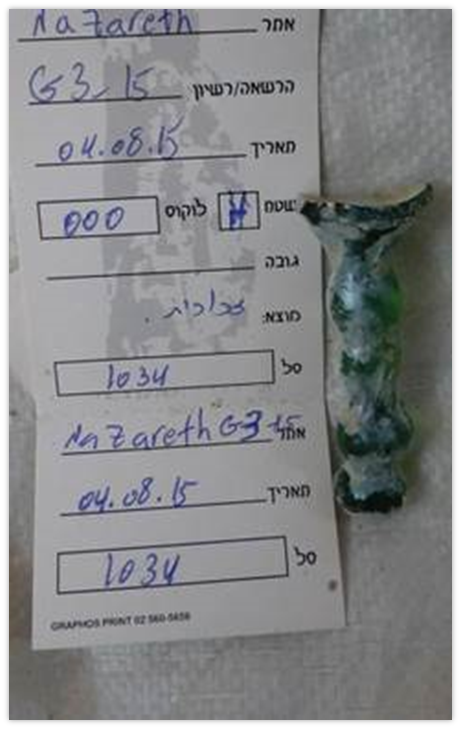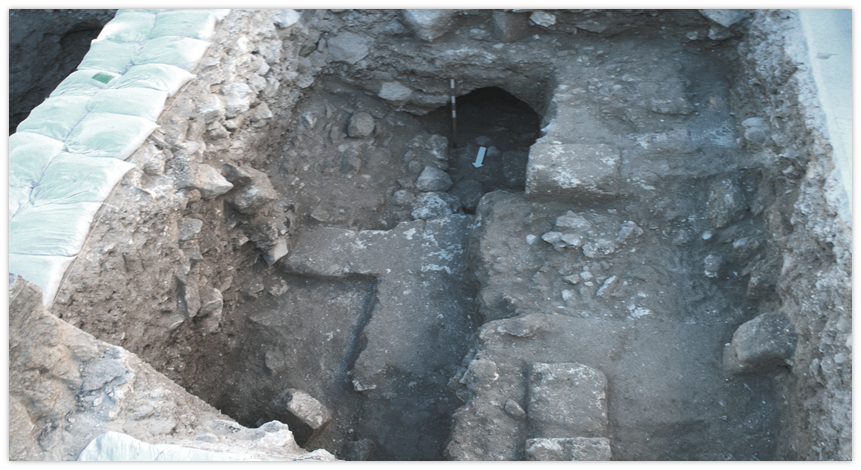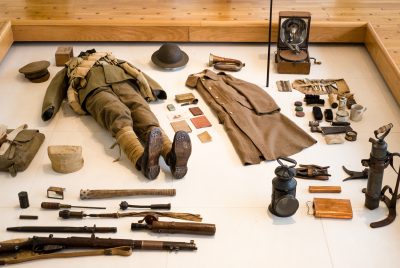 Jay Winter explores the geometry of memory
Jay Winter explores the geometry of memory
On Friday September 23rd Dr. Jay Winter visited the University of Connecticut to speak at a special event hosted by the English Department titled Behind the Lines, Across Boundaries: A Conference in Honor of Margaret Higonnet.
Winter, the Charles J. Stille Professor of History at Yale University, specializes in World War I history and its impact on the 20th century. Winter has dedicated his life to studying the remembrance of war, specifically focusing on memorials and mourning sites. He has authored and edited countless books and even produced the Emmy Award winning PBS series, The Great War and Shaping the 20th Century. Despite an overwhelming list of accomplishments, Winter reiterates, “I would like to be known by two things: by my writing and by my students.”
Winter’s discussion of the spatial logic of war memorials and the geometry of remembrance asked the audience to ponder the idea that horizontality has become the language of mourning. Winter explained that the problem of violence is too big for any one set of scholars to address. He said, “People are influenced more by what they see than by what they read.” Winter’s presentation demonstrated this idea, illustrating it with a host of moving photos of war memorials, monuments, and cemeteries. He explained his concept of the geometry of remembrance by walking the audience through his own experience of aiding in the design the Historial de la Grande Guerre (The Museum of the Great War) in Peronne, France. The exhibits were designed on a horizontal axis, with the objects of war placed in dugouts in the ground, forcing viewers to look down, much as they would look have at a gravesite or a trench.
Winter also discussed the gendering of mourning, comparing the postures of the granite statues of Karl and Käthe Kollwitz at their son’s gravesite in Belgium (above). Winter noted that on a rainy day, it would appear as though the statue of Käthe Kollwitz were actually crying. Winter concluded his riveting talk with the idea that, since the First World War, horizontality has come to represent horror, as opposed to the “vertical normality” which was common prior to that period.
Ayjan Arik
